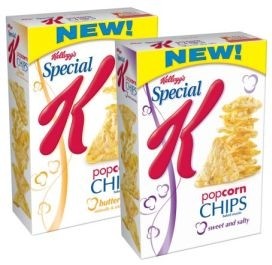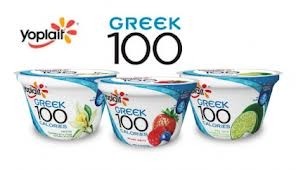On the up: US food and beverage industry ‘confident’ sales will increase 13% in 2013

The first annual U.S. Food & Beverage Industry Study found that survey participants expect that the most important industry factors influencing sales growth in 2013 will be new customers (59%), new products (51%), and increased selling prices (40%).
The figures are optimistic, despite the current economic climate. According to a recent SymphonyIRI report on the CPG market, dollar sales growth was only around 3-4% in 2012, with volumes (unit sales) flat in most categories.
Health & Wellness leads the way
According to the WeiserMazars LLP report, the top four trends to impact the industry in 2013 are healthy/nutritious, organic, ethnic/international, and private label foods.
“This, again, indicates the need for F&B companies to focus on trends impacting their particular sector or region, and, when possible, to develop offerings that can take advantage of multiple trends concurrently,” said the report.
However, rising commodity and raw material costs are concerns for the industry, and these are predicted to off-set the solid gains in sales. The survey respondents projected that net profits to rise by about 6%.
“With food prices forecast to move 3% to 4% higher this year, it is not surprising that the major concern among food and beverage companies surveyed was the cost of goods,” stated Brian Todd, President & CEO of The Food Institute.
“Inflation almost entirely offset sales increases last year at grocery stores, with the Food Institute noting that sales in the sector increased less than 1% last year after inflation was taken into account, based on the association’s exclusive pricing indices.”
While average responder predicted positive growth to continue, 18% of participants indicated profit would decline, while another 33% reported that profit would remain unchanged.
Trending upwards
Capital expenditures — increased by an average of 9.3 percent.
Expansion or new facilities based on facility square footage — increased by an average of 9.1
percent.
Product lines — increased by an average of 4.9 percent.
Employment — increased by an average of 2.1 percent.
R&D spending — increased by an average of 1.7 percent.
Realistic growth targets
“The purpose of this study is to provide executives with comprehensive insight in comparing the state of their company to the overall Food & Beverage industry,” said Louis Biscotti, partner & national director of WeiserMazars’ Food & Beverage Sector.
“This benchmarking can provide organizations with insight into predicting realistic levels of growth in 2013.”
Survey details
According to WeiserMazars, the survey participants included manufacturers and wholesalers/distributors representing a range of annual sales volumes from $10 million or less to more than $100 million.
The majority of participants were manufacturers (36%) and wholesalers/distributors (35%), added the report. The full survey can be accessed by clicking the link below.
2012
SymphonyIRI’s ‘Center Store: Driving Growth from the Inside Out’ report painted a gloomier picture. Unit sales of cold cereal; fresh bread & rolls; chocolate candy; and salty snacks declined 3%, 3.3%, 3.7% and 0.6% respectively in 2012. On the other hand, unit sales of energy drinks, bottled water and coffee surged 18.7%, 4.6% and 4.5% respectively over the same period.
2012 was also a good year for unit sales of weight management products (up 15.1%); ready to drink coffee and tea (up 7.8%); crackers (up 5.1%); snack/granola bars (up 4.3%); and vitamins (up 4.5%), said Steven S. Ramsey, executive, client insights, at SymphonyIRI.
However, the declines in most other categories reflected an "ongoing wariness" among consumers, he said.
“These declines are reflective of an ongoing wariness of many shoppers to open their wallets despite a rash of good news, such as the Dec. 7 report that U.S. unemployment dipped from 7.9 to 7.7%, the lowest rate in several years.”
Source: U.S. Food & Beverage Industry Study
Presented by WeiserMazars LLP and the Food Institute









